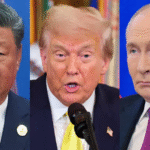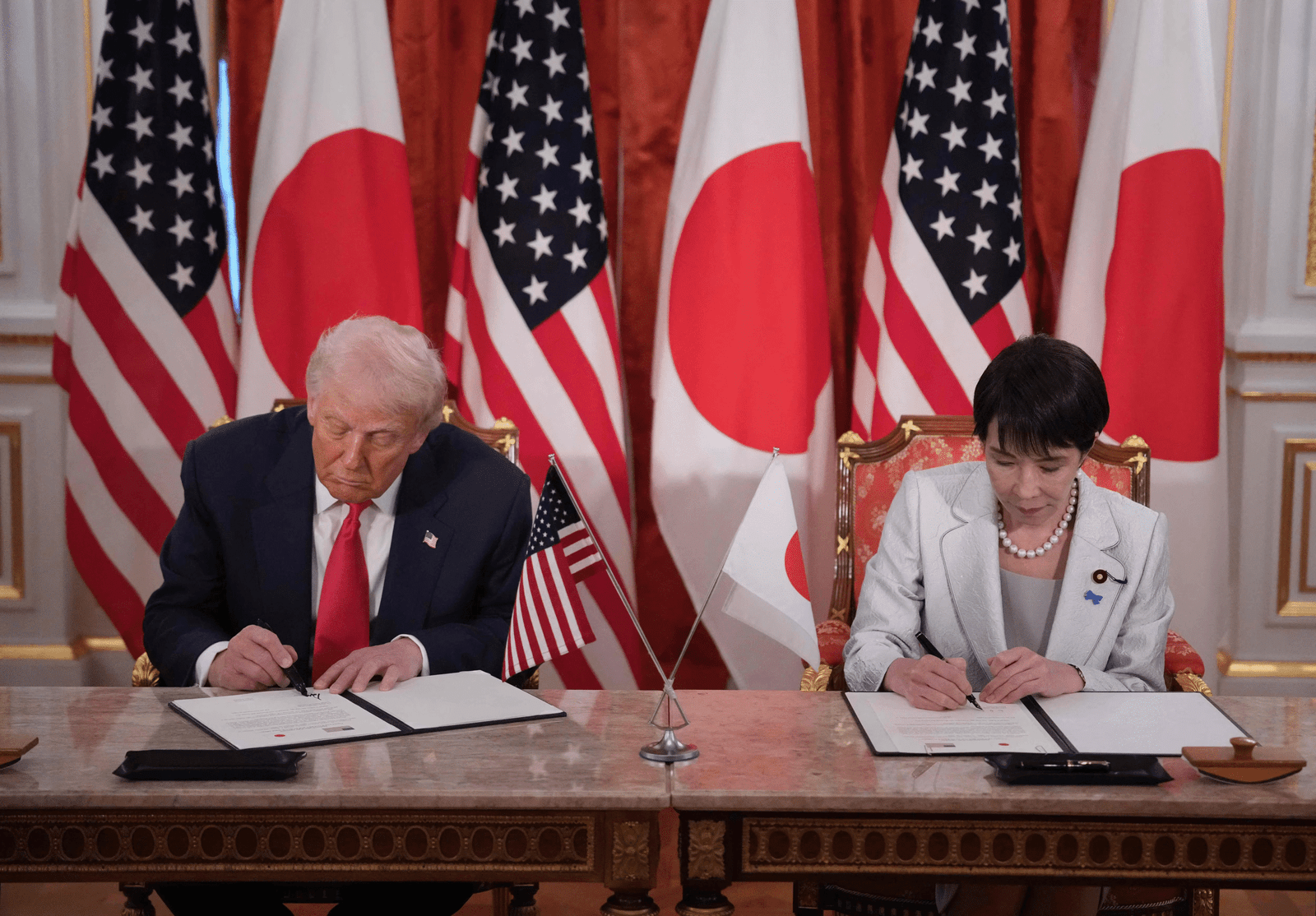With increasing scrutiny over TikTok in the United States, many users have shifted to RedNote, a platform known as Xiaohongshu in China. However, this migration has introduced American users to a different kind of challenge—Chinese-style content censorship.
The Shift from TikTok to RedNote
Amid fears of a potential TikTok ban in the U.S., RedNote has gained traction as an alternative social media app. Known for its visual appeal and engaging user interface, RedNote has attracted millions of users, especially younger audiences seeking a new digital community.
Censorship Concerns
For American users, the transition has been an eye-opener. Unlike Western platforms, RedNote implements strict content moderation, consistent with China’s internet policies. Posts related to sensitive topics—such as the 1989 Tiananmen Square protests, criticism of the Chinese government, or mentions of Uyghur human rights—are swiftly removed or flagged.
Users have reported receiving warnings or temporary bans for discussing topics considered off-limits by the platform’s guidelines. This has sparked debates about freedom of speech and the implications of using apps influenced by foreign censorship models.
A Cultural Clash
Many U.S.-based RedNote users express frustration at the lack of transparency in content moderation policies. Some have even compared their experiences to stepping into a digital environment far removed from the free expression they are accustomed to. Yet, others appreciate the platform for its creative opportunities and unique community features.
Implications for Digital Freedom
This shift highlights a broader concern about the globalization of internet governance. As platforms with roots in authoritarian regimes gain global appeal, questions arise about the balance between business expansion and adherence to democratic principles of free expression.
The rise of RedNote in the U.S. underscores the growing complexities of navigating social media landscapes shaped by diverse cultural and political values.











